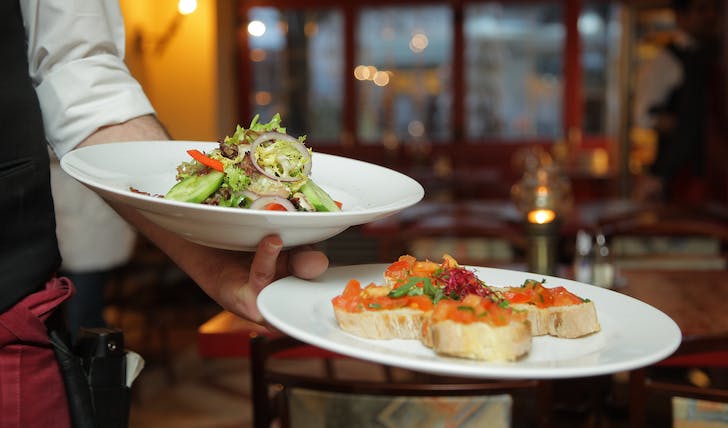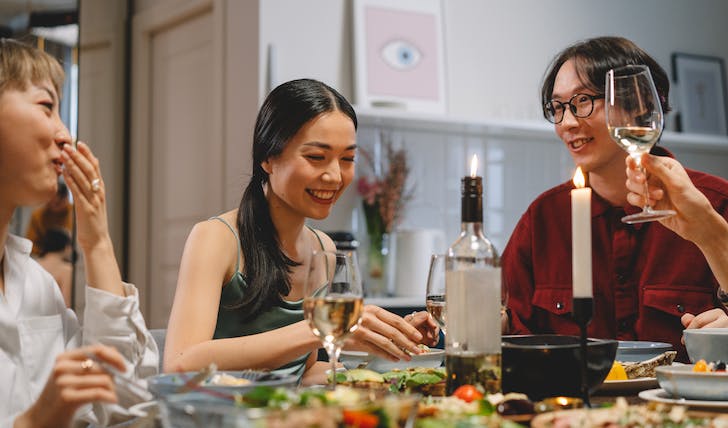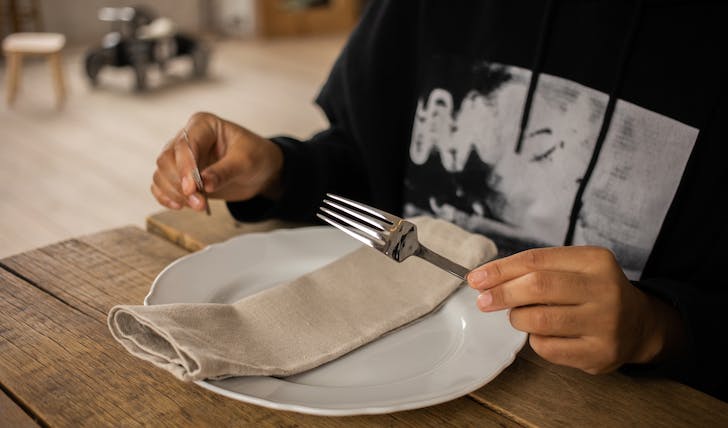In the realm of dining, table manners are not just about following a set of rules: They are a dance of cultural nuances, a way to show respect, and a subtle indication of one’s upbringing. While we are all familiar with basic etiquette like chewing with our mouths closed, there is a world of lesser-known table manners that are often missed but crucial in fine dining.
Salt and Pepper Are Always Together
A little-known table manner involves the handling of salt and pepper shakers. In the world of etiquette, they are inseparable. Even if a guest requests only salt, etiquette dictates passing both salt and pepper together.

Additionally, it is considered more polite to taste your food before adding any seasoning. Preemptively seasoning can be seen as an assumption about the food’s taste and potentially disrespectful to the chef.
Enjoying Soup the Right Way
When it comes to soup, the manner in which it is consumed can speak volumes. In Western dining, the correct way to enjoy soup is by scooping it away from your body. Plus, sipping it silently from the side of the spoon.
This method avoids any splashing and maintains a level of decorum. Remember, in a formal setting, slurping is generally frowned upon.
Toasting Is Beyond the ‘Clink’
Toasts are a common part of dining experiences. Yet, many are unaware of the full extent of their etiquette. In formal settings, it is customary to stand during a toast, make eye contact, and clink glasses gently.

Also, avoid drinking before the toast is complete, and everyone has clinked glasses.
Using & Placing Napkins the Right Way
While seemingly straightforward, napkins have their own set of etiquettes. It is not just about placing them on your lap. How you use them matters too. Gently dabbing your mouth is preferred over wiping.
Place your napkin on your chair when leaving the table temporarily to indicate you will return. Once you are finished eating, leave the napkin loosely to the left of your plate, signaling completion.
The Quiet Message of Cutlery
Cutlery is not just for eating. It is a form of communication with the server. The way you place your utensils on the plate indicates your dining status. Cross your fork and knife on your plate if you need to take a break. Once you are finished, place them parallel to each other at a 4:20 position.
This non-verbal cue helps servers understand your dining pace without interrupting your experience.
The Right Order and Technique of Cutlery
In a formal dining setting, the cutlery arrangement can often be confusing.

For instance, using the fish fork and knife requires a specific technique: Use them horizontally to separate the fish delicately, demonstrating both skill and poise.
Why Table Manners Matter
Understanding and practicing these often-overlooked table manners does more than just adhere to social norms. It is an active participation in a cultural ballet. These rules are not about elitism or showing off but they are also about showing respect for the people you dine with and the occasion itself.
Remember, it is about engaging in an age-old tradition that values respect and cultural awareness. As you incorporate these practices into your dining experiences, you will not only impress your companions but you will also derive a deeper sense of participation in a timeless societal ritual.
